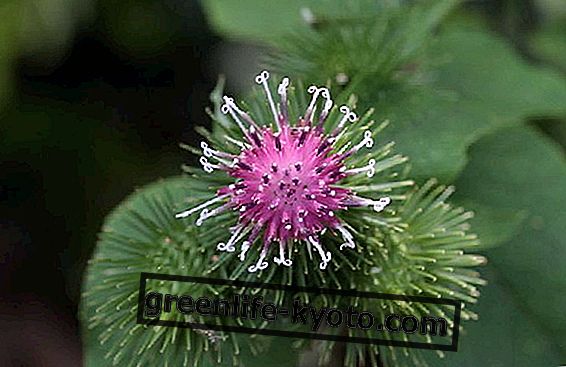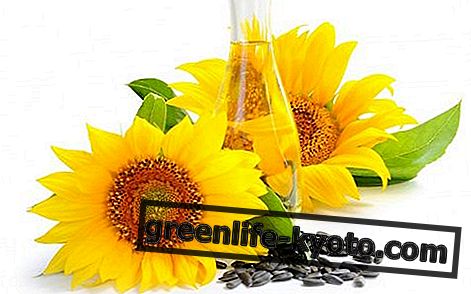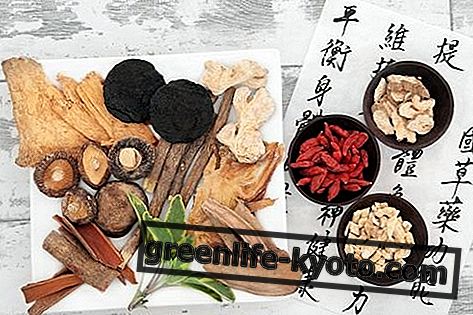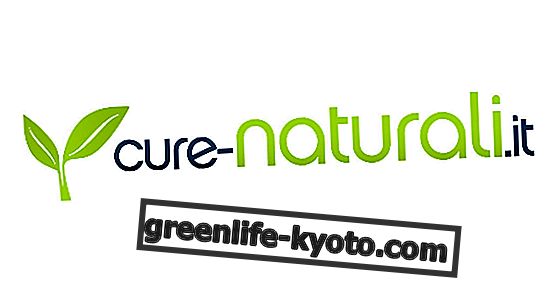Curated by Cinzia Zedda, an Iridology Naturopath
Probiotics are beneficial substances for the body. We have all consumed them at least once in their lives as yogurt or as a supplement to lift the body and strengthen it after the flu. But let's get deeper together because probiotics are good and when they need to be taken on.
>
>
>
The miso among the probiotic foods

What are probiotics
Probiotics are living organisms that are necessary for the well-being of the organism. They are known and used more than anything else for their ability to re-colonize the intestine after using medicines and antibiotics. In reality their presence is essential in people who have a delicate immune system, to help digestive functions or intestinal inflammation.
They act indirectly on the skin and hair, giving brightness and shine, a symptom of the body's health and general well-being. When the hair or the skin are dull or opaque we must not limit our attention to cosmetic-only solutions such as specific creams, packs and shampoos, but rather we must act from the inside asking for help from our probiotic friends. These are just some of the situations in which we can use them successfully.
Young children who get sick often and towards whom it is difficult to treat with other preparations even if they are natural can safely take it without contraindications . It is no coincidence that the first colonization of the newborn's intestine occurs through the first breastfeed with breast milk. However, the opinion of the pediatrician is always welcome before taking any initiative.
In essence, probiotics are natural microorganisms compatible with those physiologically contained in the intestine and which, to define themselves, must comply with certain characteristics. Not all ferments can be defined as "probiotics" for quality and action. A fundamental quality is in fact the ability that these must have towards pathogenic bacteria to eliminate them and to rebalance the system that regulates the entire intestine in its complexity.
Furthermore, what really makes them worthy of being called probiotics is the resistance to gastric juices in order to reach the large intestine intact (a characteristic that is lacking with yogurt instead).
Unlike what is often said, it is not at all necessary to take billions and billions of probiotic microorganisms to have beneficial effects. The natural probiotic supplements available on the market seem to compete with those who own more. We keep in mind that they are however destroyed and "eaten" along the way by other bacteria and micro organisms. This is the complex system of intestinal bacterial flora where even here as in every other circumstance "the law of the strongest" applies. We are facing a natural law where imbalances and balances harmonize in a natural way; "Good bacteria" that win over "the bad ones" and vice versa but that in an eubiotic situation, therefore optimal or normal, coexist peacefully.
Probiotics have the ability to multiply on their own and thanks to the prebiotics that are their nourishment, they grow and become productive (probiotics are able to produce vitamins). For this reason a few hundred are enough. Even prolonged use of antibiotics is not able to totally destroy the bacterial flora but can however create significant imbalances. Probiotics serve to restore balance in a shorter time than the body would do on its own for the benefit of our health (in fact the dysbiotic intestine is not able to protect us from diseases).
In probiotics we distinguish the following strains: the bifidobacteria, the eubacteria (the least known) and the lactobacilli of which the best known is the acidophilus . The latter proves to be very effective if used after antibiotic therapy and to rebalance the ph in case of candidiasis.
Live milk enzymes: what they are used for and when to take them

When does the body need probiotics?
The biggest action is the one they exercise on the intestine. A healthy intestine is a sign of a healthy and strong body. The role no longer secondary to the intestine has been rediscovered and 70% of the immune system is actually formed "down there".
We do not use probiotics randomly or superficially. Every part of the intestine has a different pH, suitable for a specific strain and every disorder must be integrated with the right type of probiotic . The risk is to make the problem worse or the abdominal swelling worsen, increasing discomfort and dysbiosis.
When does the intestine need probiotics ? Surely in all those situations where there is unjustified fatigue, easy to get sick (fragile immune system) and where there are digestive difficulties and inflammation of the oral cavity.
The administration of probiotics is useful and effective in the treatment of candida, in the case of a disordered diet, in the case of stress and psychophysical tensions. But not only. In the treatment of psoriasis and other skin diseases as well as vitiligo or other skin discoloration the use of probiotics can be a good adjuvant to add to the classic protocol.
A good habit to keep is to always keep a pack of probiotics at home and take it whenever you use medications (even if it's just a headache pill) or antibiotics. Probiotics are a valid aid in intestinal problems and necessary after having performed a good intestinal cleansing or hydrocolon therapy.
Probiotic foods
Probiotics are found in fermented foods (the kombucha, miso, kefir, tempeh and sauerkraut). On our table must never miss yogurt, fermented cheeses and baked products derived from sour dough and obviously in lactic ferments found in pharmacies. We see other probiotic foods:
- The kombucha is a fermented beverage obtained from bacteria, fungi and yeast cultures, apple vinegar and sugar. At the end of the fermentation process it is mixed with two varieties of tea (the black one and the green one). This drink has been consumed since ancient times in China where it is attributed exceptional therapeutic virtues, such as to be considered "miraculous and healing".
- Miso (available in most well-stocked herbal shops and in specialty stores selling organic products) is instead a fermented pasta made from yellow beans. It is quite tasty and is alkalizing. Miso has the property of helping the intestine to remove scale and reactivate peristalsis. We find different types on the market (rice, barley, etc.). It is mainly used in macrobiotic cuisine but due to its virtues it is now used by anyone with digestive difficulties (it contains enzymes) or those who lack vitamins and minerals.
- Kefir is a fermented beverage similar to yogurt . It is appreciated for the good content of minerals like calcium, magnesium, zinc and phosphorus. There is no lack of precious B vitamins and a large battalion of amino acids. It has the property of stimulating the immune system and regularizing the intestine.
- Sauerkraut is the result of fermentation of cabbage. What emerges is a good amount of vitamin C, few calories (about 25 per cent of product) and benevolent fibers for a good intestinal transit. The combination with frankfurters make it a very appetizing but less healthy dish.
- Tempeh is a blend of fermented yellow soybeans. The very particular taste is reminiscent of the undergrowth (mushrooms and nuts). Fermentation guarantees maximum digestibility . It is a necessary food in vegan nutrition because it contains appreciable sources of omega three and above all of B12 otherwise difficult to find.













